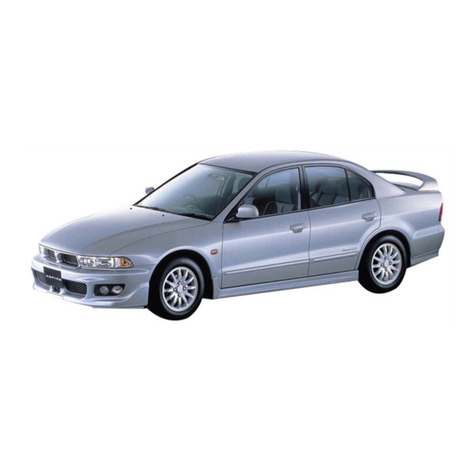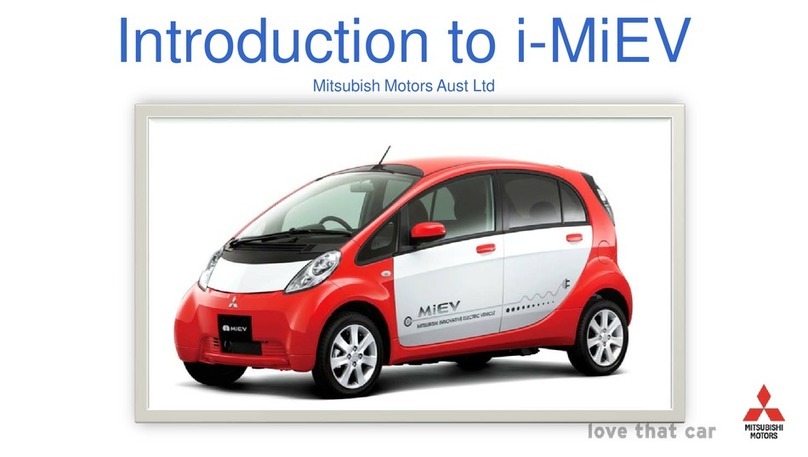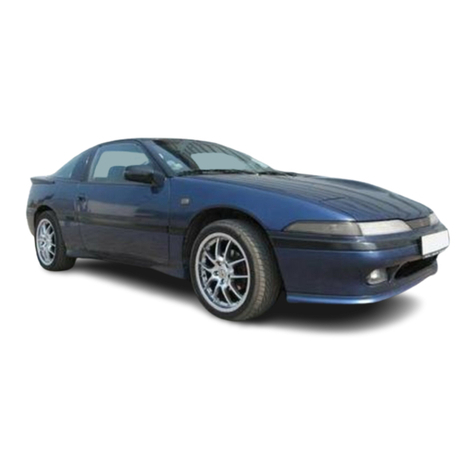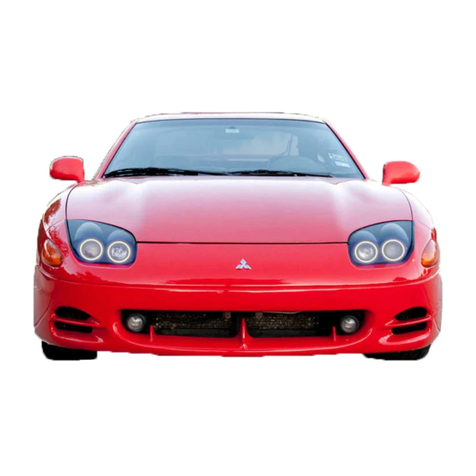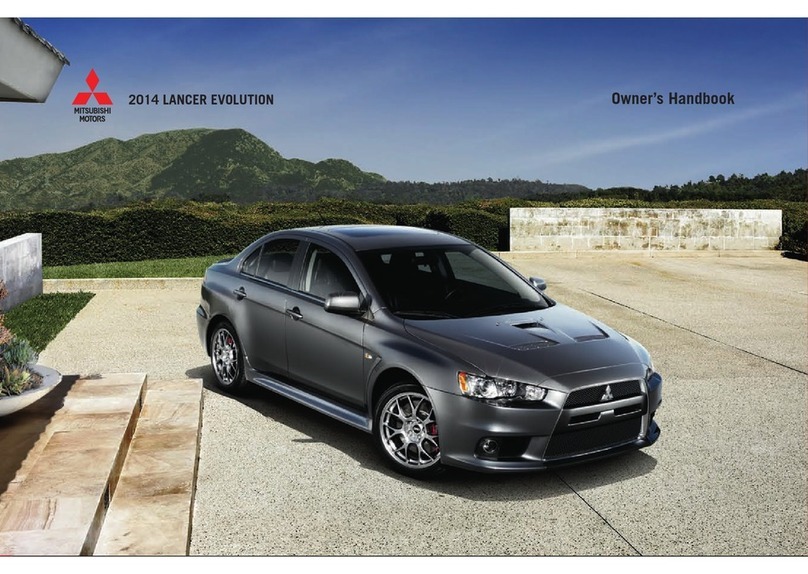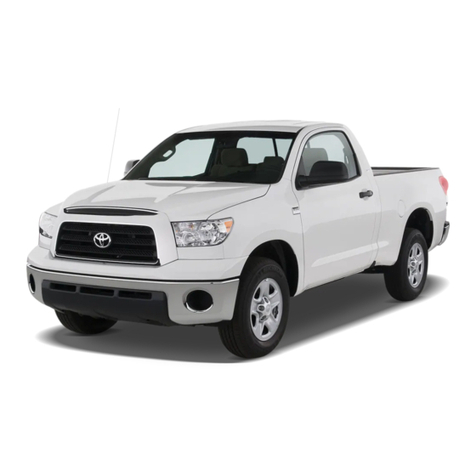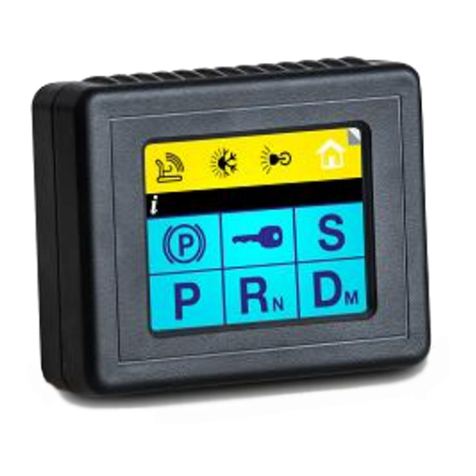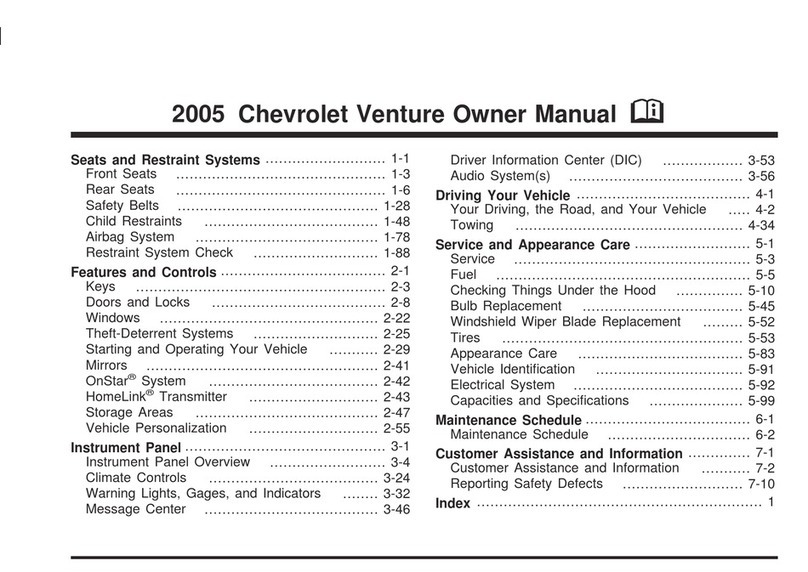
2
INTRODUCTION - How To UseThis Manual
HOW TO USE THIS MANUAL
CONTENTS
The
preceding page contains the
GROUP INDEX
which lists the group title and group number.
PAGENUMBERS
All page numbers consist of two sets of digits
separated by a dash. The digits preceding the dash
identify the number of the group. The digits follow-
ing the dash represent the consecutive page
number within the group. The page numbers can
be found on the top left or right of each page.
TEXT
Unless otherwise specified, each service procedure
covers all models. Procedures covering specific
models are identified by the model codes, or similar
designation (engine type, transmission type, etc.).
A description .of these designations is covered in
this unit under “VEHICLE IDENTIFICATION”.
TROUBLESHOOTING
Troubleshootings are classified into master trouble-
shooting and group troubleshooting and located as
follows:
The master troubleshooting is prepared when the
trouble symptom relates to two or more groups and
given in MASTER TROUBLESHOOTING.
The group troubleshooting guide is prepared for
causes of problems related to that individual group
only; a troubleshooting guide is prepared for each
appropriate group.
SERWCE PROCEDURES
The service steps are arranged in numerical order
and attentions to be paid in performing vehicle ser-
vice are described in detail in SERVICE POINTS.
DEFINITION OFTERMS
STANDARD VALUE
Indicates the value used as the standard for judging
the quality of a part or assembly on inspection or the
value to which the part or assembly is corrected and
adjusted. It is given by tolerance.
LIMIT
Shows the standard for judging the quality of a part
or assembly on inspection and means the maxi-
mum or minimum value within which the part or
assembly must be kept functionally or in strength.
It is a value established outside the range of
standard value.
Indicates incidental operation
to be performed before re-
moval orafter installation
Removal steps : The numbers before part names
correspond to numbers in the il-
lustration and indicate the order of
removal.
Disassembly steps : The numbers before part
names correspond to numbers
in the illustration, and indicate
the order of disassembly.
Installation steps : This is provided if installation
cannot be made in the reverse
order of “Removal steps”; omit-
ted if installation in the reverse
order of “Removal steps” is
possible.
Reassembly steps : This is provided if reassembly
cannot be made in the reverse
order of “Disassembly steps”;
omitted if reassembly in the
reverse order of “Disassembly
steps” ispossible.
Classification of
SERVICEPOINTS
++ : Removal
*+ : Installation
++ : Disassembly
+4 : Reassembly
MODEL INDICATIONS
The following abbreviations are used in this manual for classification of model types.
M/T : Indicates the manual transmission, or models equipped with the manual transmission.
AA : Indicates the automatic transmission, or models equipped with the automatic transmission.
F.B.C. : Indicates the feed back carburetor, or engines equipped with the feed back carburetor.
M.P.I. : Indicates the multi-point injection, or engines
equipped with the multi-point injection.
2.6 L Engine : Indicates the 2.6 liters (155.9 cu.in.1 engine, or a.model equipped with such an engine.
3.0 L Engine : Indicates the 3.0 liters (181.4 cuin.) engine, or a model equipped with such an engine.




















